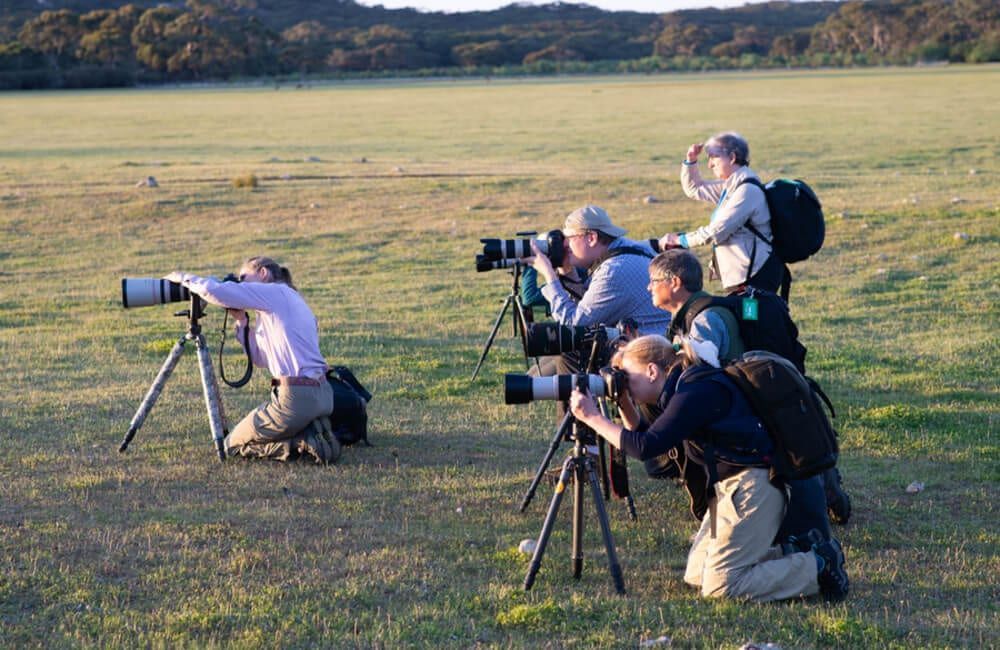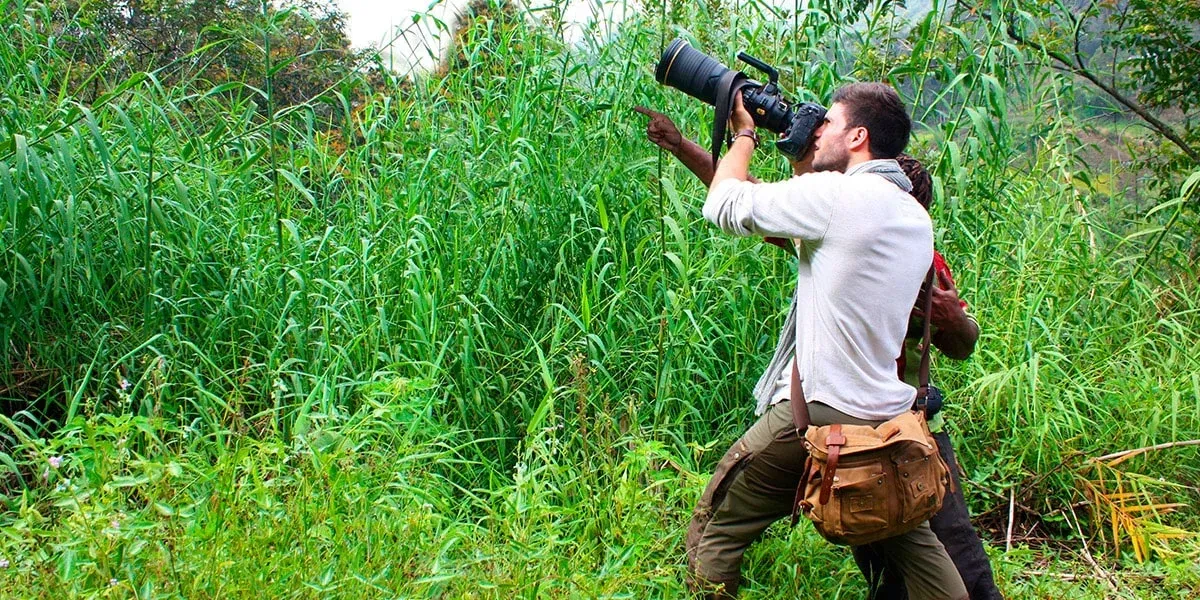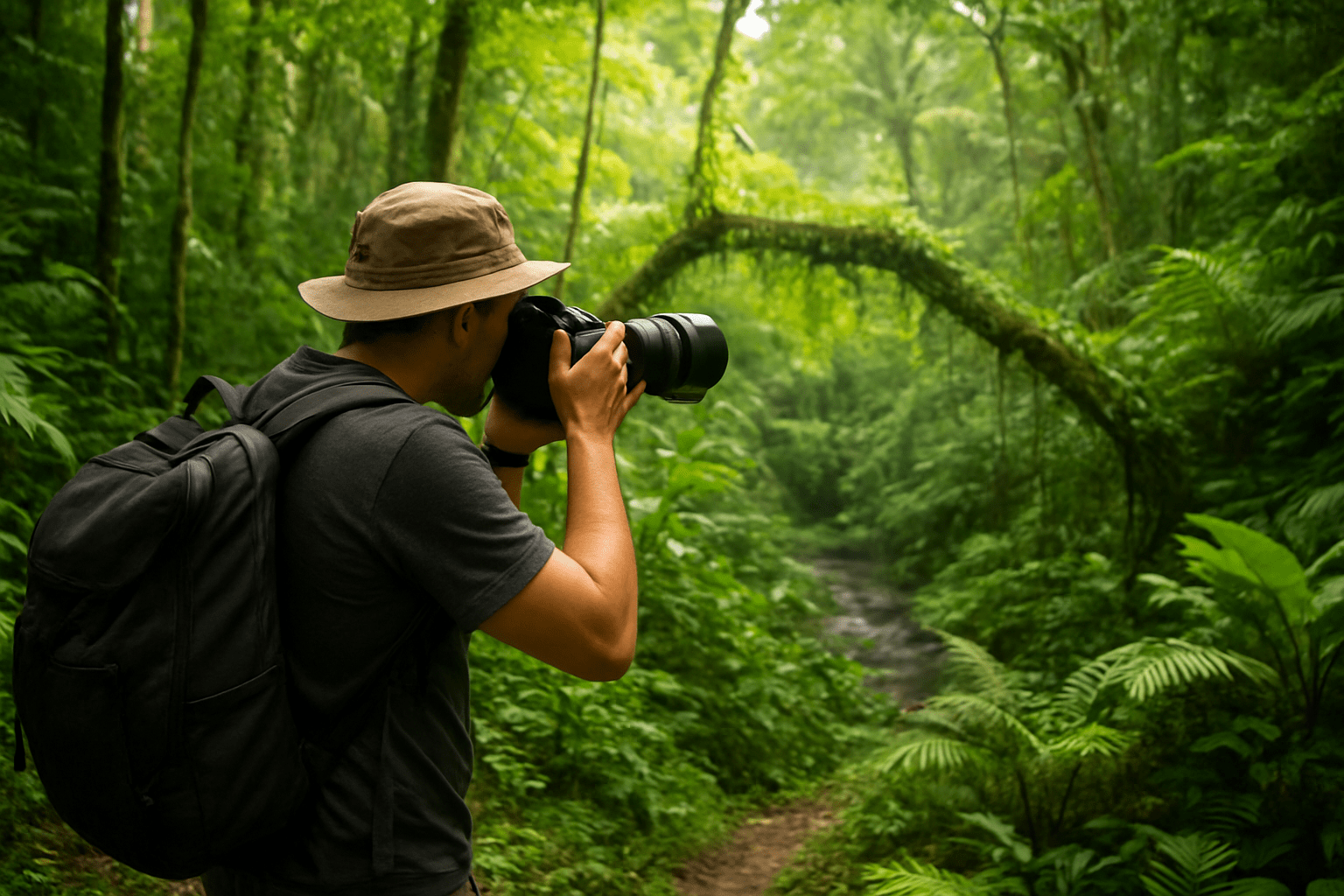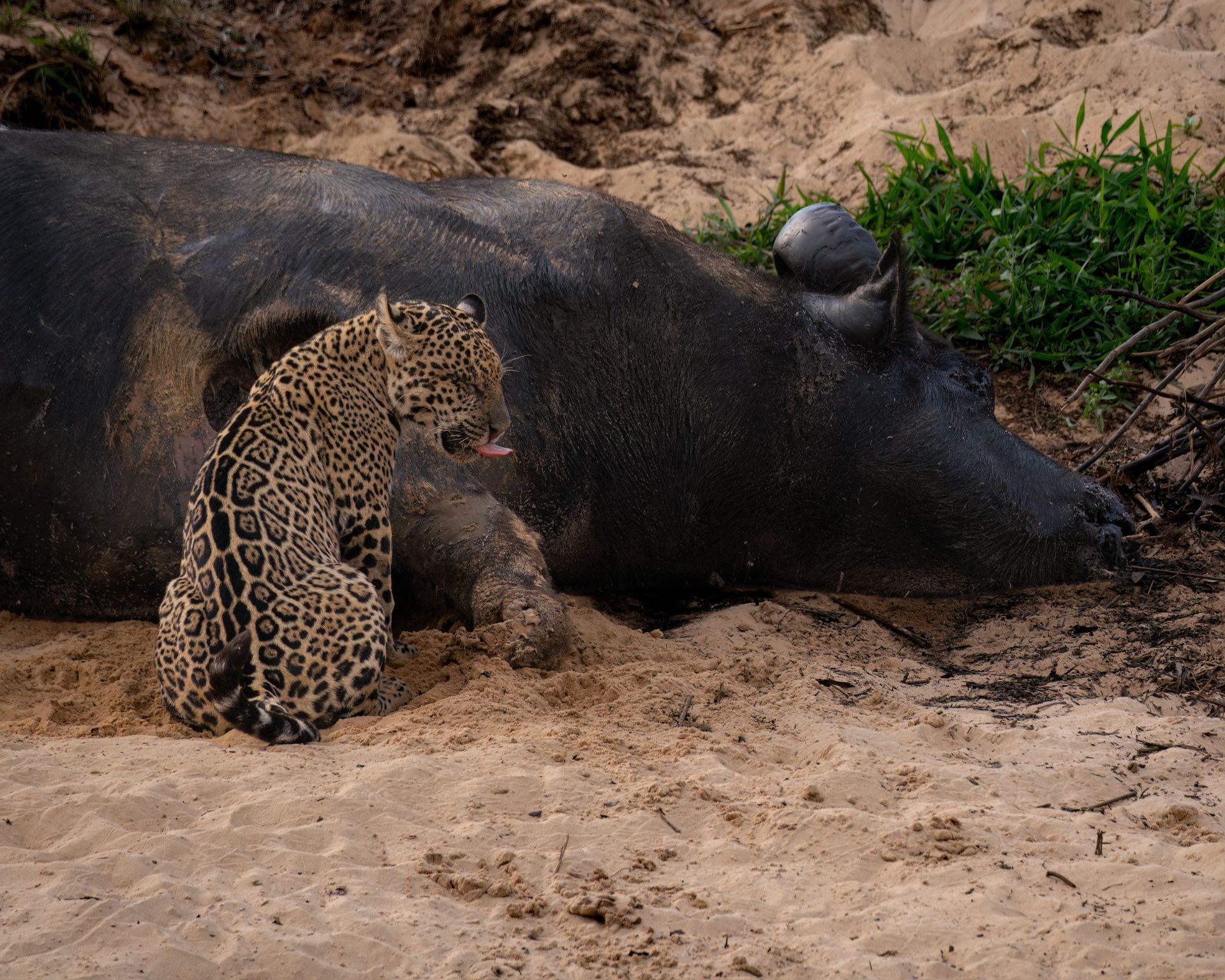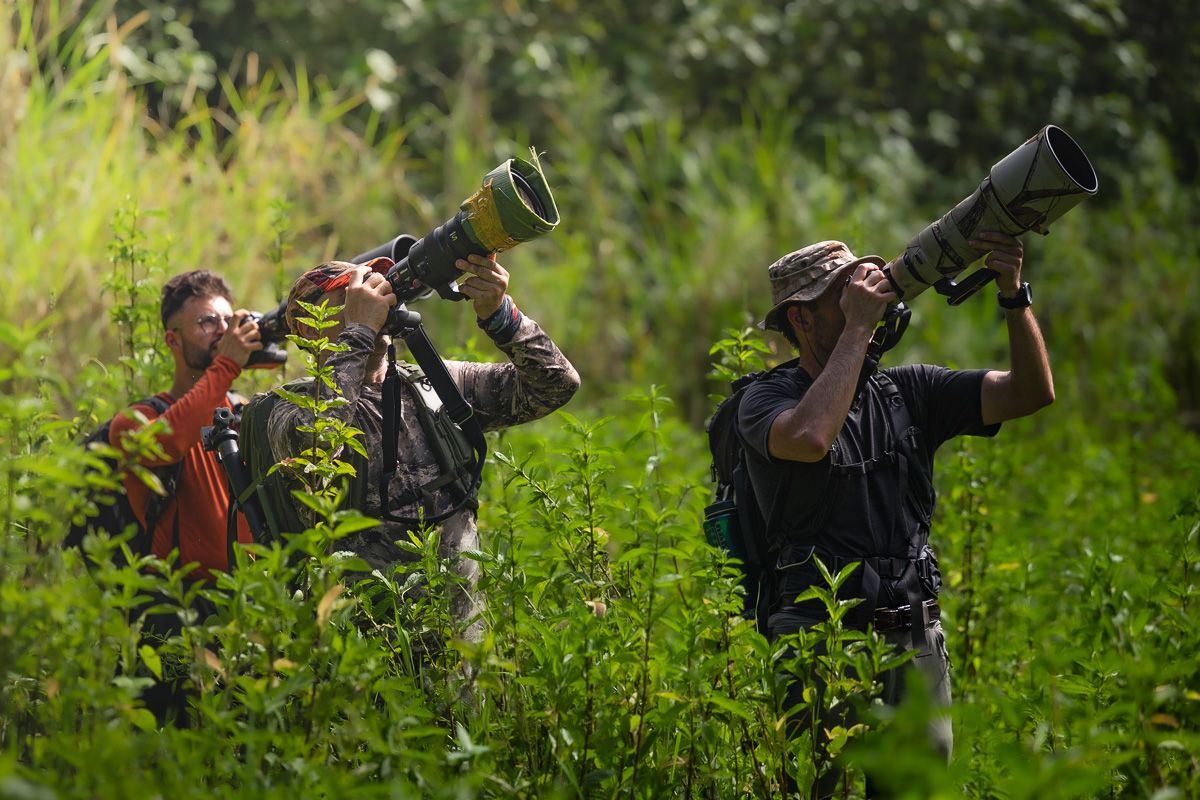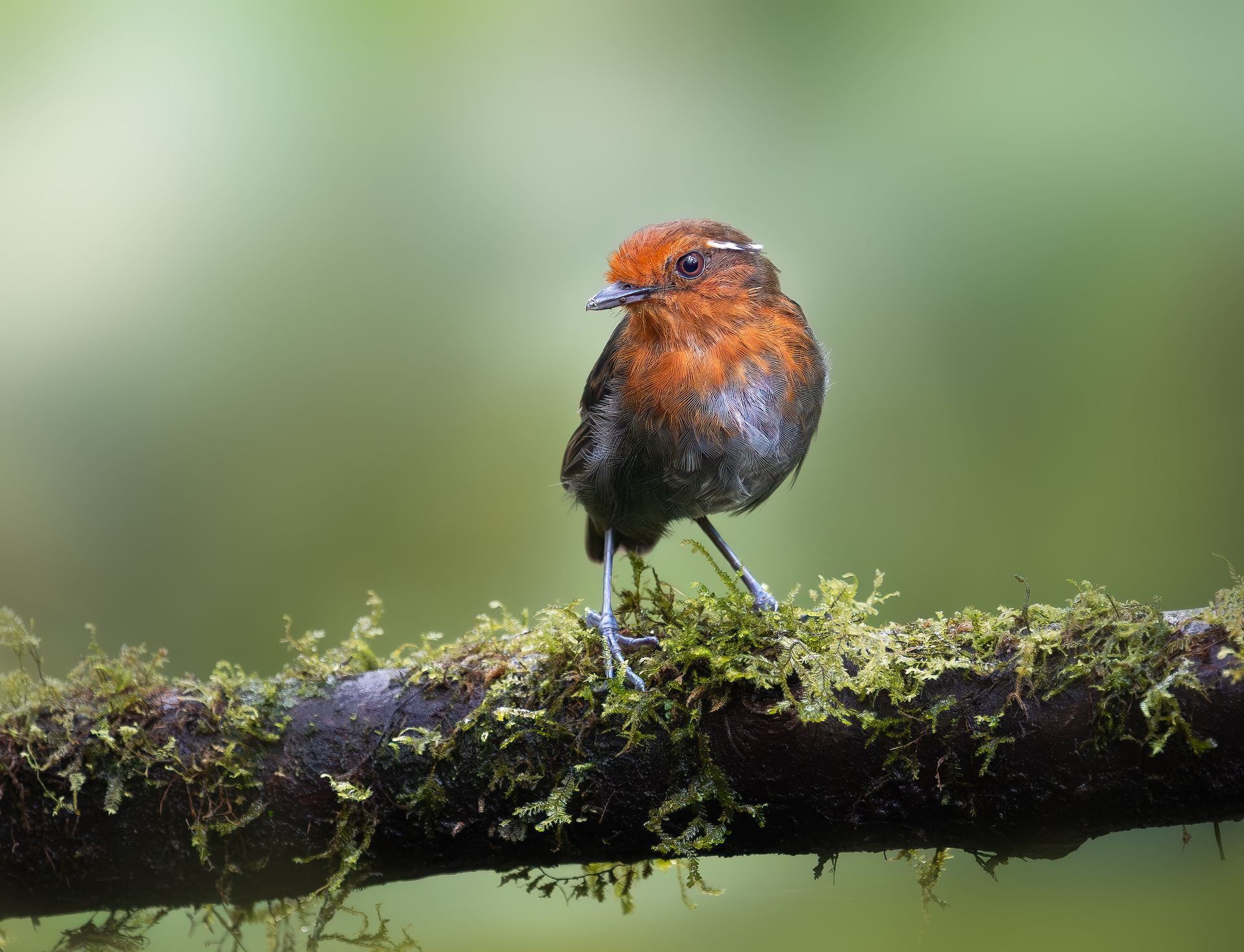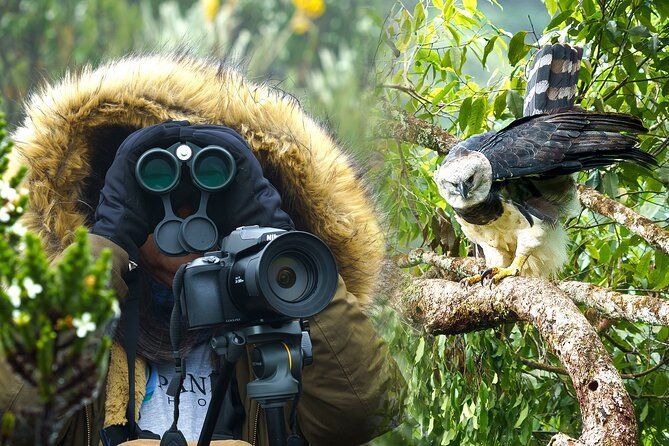A Day in the Life of a Bird Photographer in Colombia
A Day in a the life of a Bird Photographer in colombia
Colombia is a world-renowned destination for bird photography, boasting over 1,950 recorded bird species, including more than 160 species of hummingbirds alone. From the misty cloud forests to high Andean páramos and lush lowland jungles, the diversity of habitats makes it a dream location for wildlife photographers.
For bird photographers, each day in Colombia is a journey of discovery. Observing rare and endemic species in their natural environment requires skill, patience, and an understanding of both the birds’ behavior and the surrounding ecosystems.
This guide offers an in-depth look at what a typical day looks like for a bird photographer in Colombia, highlighting locations, techniques, and the unique challenges and rewards of capturing the country’s feathered jewels on camera.
Pre-Dawn: Preparation and Anticipation
A bird photographer’s day often begins before sunrise. Early mornings are crucial because birds are most active during the first hours of light.
- Gear Check: Photographers review their cameras, lenses, memory cards, and batteries. For hummingbirds and other fast species, a telephoto lens (300–600mm) is essential, often paired with a tripod or monopod.
- Scout Locations: Experienced photographers identify spots where birds are likely to feed or perch. Patches of flowers, feeders, or fruiting trees are ideal.
- Weather and Lighting: Understanding the morning light is critical. Misty cloud forests or low-angle sunlight can create magical effects that enhance the subject’s plumage.
Pre-dawn preparation sets the tone for the day, ensuring that photographers are ready to capture fleeting moments as the birds emerge.
Early Morning: The First Encounters
By sunrise, the forest or páramo is alive with activity. Hummingbirds dart between flowers, tanagers sing from the treetops, and antpittas begin their elusive ground movements.
- Perched Shots: Early light allows photographers to capture birds perched on branches or feeder stations, highlighting iridescent feathers without harsh shadows.
- Feeding Behavior: Many species visit flowers or nectar feeders in predictable patterns. Observing these habits enables photographers to anticipate movements and frame shots carefully.
- Ethical Observation: Photographers maintain distance and avoid disturbing the birds. Using blinds or camouflage clothing helps minimize stress on wildlife.
The early hours are often the most productive, with soft light and high bird activity creating ideal photography conditions.
Mid-Morning: Tracking and Patience
As the sun rises higher, some birds become less active, and photographers must adapt.
- Hummingbird Flight Photography: Capturing the rapid wingbeats of hummingbirds requires high shutter speeds (1/2000 sec or faster) and continuous autofocus.
- Movement Patterns: Understanding territory and feeding patterns allows photographers to predict perching locations or flower visits.
- Patience: Bird photography is about waiting for the perfect moment. Many stunning images come from hours of careful observation.
During this time, photographers also take the opportunity to explore the surrounding habitat, learning how vegetation and terrain influence bird behavior and composition.
Late Morning: Changing Light and New Subjects
As light shifts, some species become more visible while others retreat into shade.
- Backlit Shots: Sunlight filtering through foliage can create dramatic silhouettes or glowing feather effects.
- Action Shots: Birds chasing rivals, displaying courtship flights, or feeding in mid-air provide dynamic opportunities for photography.
- Diverse Habitats: Colombia’s landscapes change rapidly — photographers may move from dense cloud forests to open paramo landscapes within a single morning.
Flexibility and quick adaptation are essential, as lighting conditions and bird behavior can shift minute by minute.
Lunch and Reflection: Reviewing the Morning’s Work
Midday is often a time for a brief break. Photographers review their shots, adjust camera settings, and plan the afternoon session.
- Checking Composition: Identifying which images are strong and which need improvement helps refine technique.
- Equipment Maintenance: Cleaning lenses, changing batteries, and backing up memory cards ensures readiness for the next session.
- Planning Routes: Afternoon sessions may focus on different species or habitats based on morning observations.
Taking the time to reflect allows photographers to approach the second half of the day with a clear strategy and renewed focus.
Afternoon: Exploring New Habitats
Afternoons in Colombia can be particularly rewarding. Birds that were hidden earlier may now emerge, offering unique photographic opportunities.
- Páramo Species: High-altitude regions like Chingaza or Ocetá provide encounters with endemic species such as the Buffy Helmetcrest or Green Bearded Helmetcrest.
- Lowland Forests: In reserves like Otún Quimbaya, photographers can capture hummingbirds, tanagers, and motmots in dense tropical forests.
- Action and Interaction: Territorial disputes, courtship displays, and feeding behavior often intensify during the afternoon. Capturing these interactions can produce narrative-rich images.
Movement and variety are key in the afternoon session, allowing photographers to build a diverse portfolio of species and behaviors.
Evening: Golden Hour Magic
The hour before sunset is often referred to as the golden hour, and it’s one of the most coveted times for bird photography.
- Soft, Warm Light: This light enhances the iridescent colors of hummingbirds and other species, creating a natural glow.
- Silhouettes and Reflections: Low-angle light can be used for creative compositions, including reflections in water or dramatic backgrounds.
- Perch Photography: Birds often settle for the night on familiar perches, allowing for relaxed, beautifully framed shots.
Patience and careful observation are especially important during this time, as even minor disturbances can cause birds to flee.
Nighttime: Preparation for the Next Day
After sunset, photographers review their work and prepare for the next day’s adventures.
- Image Review and Backup: Sorting images, adjusting settings in post-processing software, and backing up data are essential to protect hard-earned shots.
- Research and Planning: Studying bird behavior and new potential locations for rare species helps ensure productive mornings.
- Rest and Recovery: Early mornings require plenty of energy, so photographers ensure adequate rest for both body and mind.
Nighttime is a quieter, reflective part of the day — an opportunity to consolidate skills and plan improvements.
The Challenges of Bird Photography in Colombia
While the rewards are great, bird photographers face unique challenges in Colombia:
- Altitude and Terrain: Many endemic species live at high elevations in rugged terrain. Proper clothing and acclimatization are necessary.
- Weather Variability: Sudden rain or fog can affect visibility and equipment safety.
- Elusive Species: Some birds, like antpittas or Helmetcrests, are rare and difficult to locate. Patience and local guidance are often required.
- Equipment Safety: Cameras and lenses must be protected from moisture, dust, and accidental drops in challenging environments.
Despite these obstacles, the experience of photographing Colombia’s birds is unparalleled.
Tips for Success
Photographers who want to thrive in Colombia should keep the following in mind:
- Hire Local Guides: They know habitats, bird behavior, and the best photographic spots.
- Scout in Advance: Early visits help identify feeding stations and perching areas.
- Use Proper Gear: Fast lenses, tripods, and weather protection are essential.
- Be Patient: Great images often require long waiting periods.
- Respect Wildlife: Avoid disturbing birds or their habitats — ethical photography ensures sustainable opportunities for future photographers.
These strategies increase the likelihood of capturing memorable and high-quality images.
Conclusion: A Day of Wonder
A day in the life of a bird photographer in Colombia is both challenging and exhilarating. From pre-dawn preparation to golden hour compositions, each moment offers opportunities to witness and capture the country’s extraordinary avian diversity.
Photographing hummingbirds, tanagers, antpittas, and endemic highland species provides not just images but memories — a chance to connect deeply with nature. Colombia’s unique combination of biodiversity, landscapes, and cultural richness ensures that every day spent photographing birds is an adventure worth undertaking.
Whether you are a professional wildlife photographer or an enthusiastic amateur, a day in Colombia offers lessons in patience, observation, and the true art of capturing birds in their natural habitat.



